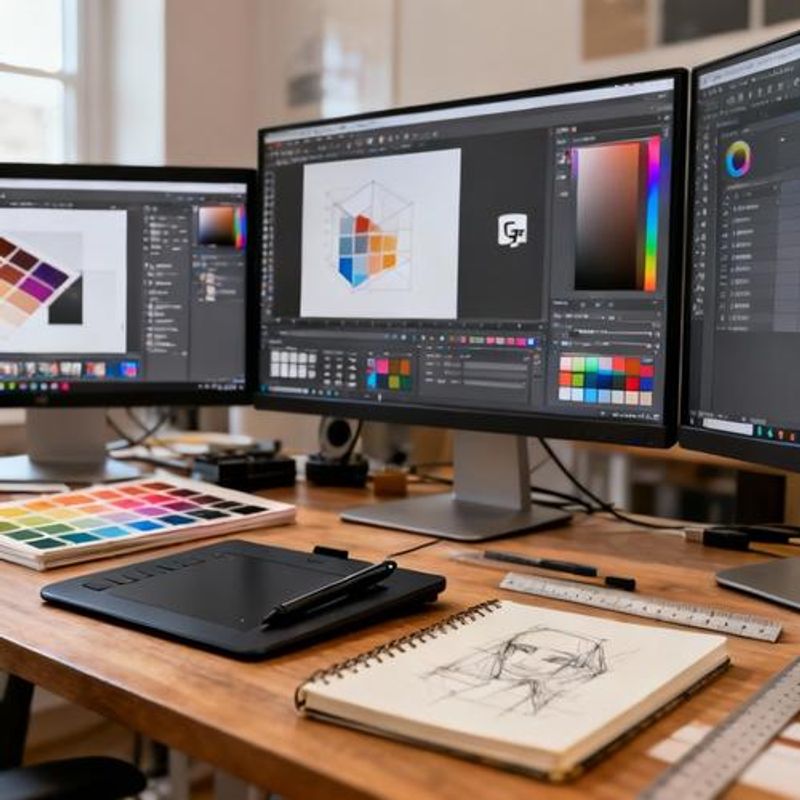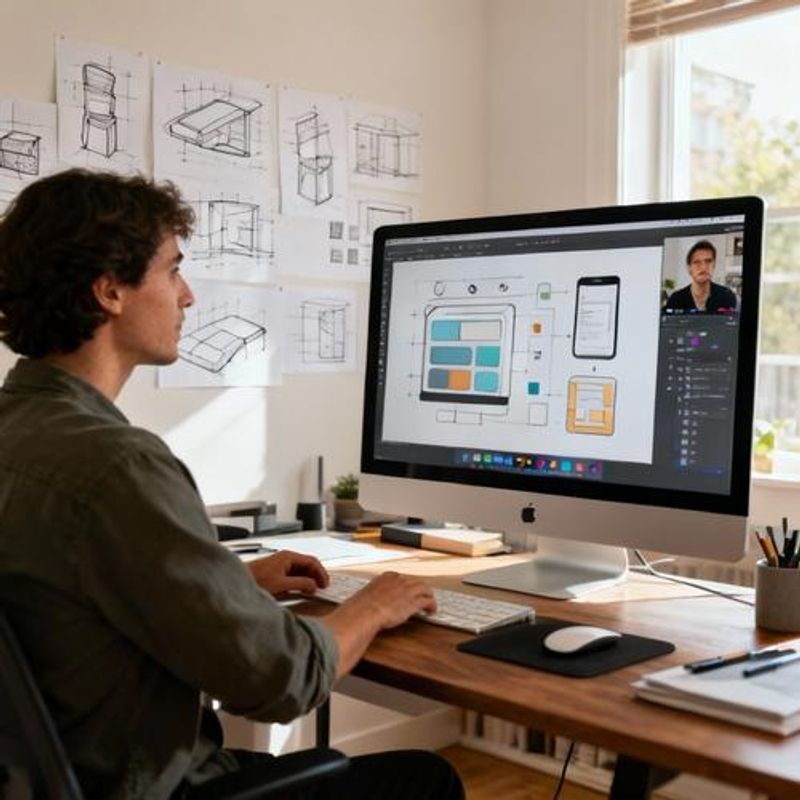Essential Tools by Design: 15 Professional Resources Every Mid-Level Designer Should Master in 2024

You've mastered the basics, delivered successful projects, and earned your stripes as a designer. But here's the challenge: staying competitive in an evolving industry requires more than just solid fundamentals. This comprehensive guide reveals 15 carefully selected tools by design professionals that can elevate your workflow efficiency by up to 40% and help you tackle complex projects with confidence. Whether you're looking to streamline your process, enhance collaboration, or expand your creative capabilities, these resources will transform how you approach design challenges.

The Mid-Level Designer's Dilemma: Beyond Basic Tools
As a mid-level designer, you're caught in a unique position. You've outgrown basic tools but may not have access to enterprise-level resources. Your projects are becoming more complex, deadlines tighter, and client expectations higher. You need tools that can handle sophisticated workflows without breaking the budget or requiring extensive training. The challenge isn't just finding good tools—it's identifying which ones will genuinely impact your productivity and career growth. Many designers waste valuable time and money on tools that promise everything but deliver little, or they stick with familiar but inefficient workflows that limit their potential.
Quick Reference: Top Tools by Category
Before diving deep, here's your speed-read overview of the most impactful tools by design category:
- Workflow Optimization: Notion, Figma Auto-Layout, Component Libraries
- Advanced Prototyping: Principle, ProtoPie, Framer
- Creative Enhancement: Midjourney, Remove.bg, Coolors.co
- Client Collaboration: Loom, Miro, Zeplin
- Professional Development: Dribbble Pro, Behance, Design System Documentation

Workflow Acceleration Tools: From Hours to Minutes
The biggest productivity gains come from automating repetitive tasks. Figma's Auto-Layout feature alone can reduce layout time by 60% once mastered. Start by creating a comprehensive component library—invest 2-3 days upfront to save hours weekly. Tools like Craft for Sketch or Content Reel for Figma eliminate the tedium of finding placeholder content. For project management, move beyond basic tools. Notion's database features let you create custom project trackers that adapt to your workflow rather than forcing you to adapt to rigid systems. Set up templates for design briefs, client feedback forms, and project timelines. The key is standardization—create repeatable processes that you can execute without thinking.
Advanced Prototyping: Bringing Ideas to Life
Static mockups don't cut it anymore. Clients and stakeholders need to feel how interfaces work, not just see them. ProtoPie excels at sensor-based interactions and complex micro-animations. Principle offers the smoothest timeline-based animation workflow for mobile prototypes. Framer bridges the gap between design and development with real code components. Choose your tool based on project complexity: Principle for mobile app flows, ProtoPie for IoT or sensor interactions, Framer for web prototypes requiring real data. Master one thoroughly before exploring others—each tool has a learning curve that pays dividends only with consistent use.
Ready-to-Use Resource Templates
Download and customize these proven templates: Project Brief Template with client questionnaire and requirements checklist. Design System Starter Kit including color palettes, typography scales, and component documentation. Client Presentation Template optimized for design rationale and decision-making. Feedback Collection Form that guides clients toward actionable input rather than subjective opinions. Time Tracking Sheet specifically designed for design projects with task categorization. Tool Evaluation Rubric for assessing new software before committing time and money.

Common Tool Selection Mistakes
Avoid these costly missteps: Tool hopping without mastering fundamentals—spending more time learning tools than using them effectively. Choosing tools based on popularity rather than specific workflow needs. Underestimating learning curves—budget time for proper training, not just subscription costs. Ignoring team collaboration requirements when working solo—your tools should still facilitate easy handoffs. Overlooking file compatibility and export limitations until it's too late. Subscribing to multiple tools with overlapping functionality instead of mastering versatile solutions.
Your Next Steps: Building a Professional Toolkit
Start with one tool from each category and master it before expanding. Focus on tools that integrate well together—your workflow should be seamless, not fragmented. Consider starting with Figma's advanced features if you haven't explored them fully, then adding Notion for project management and Loom for client communication. Track your time before and after implementing new tools to measure real impact on your productivity. Remember, the best tools by design are those that become invisible in your workflow—they should enhance your creativity, not complicate it. Ready to upgrade your design process? Download our comprehensive tool evaluation worksheet and start building your professional toolkit today.